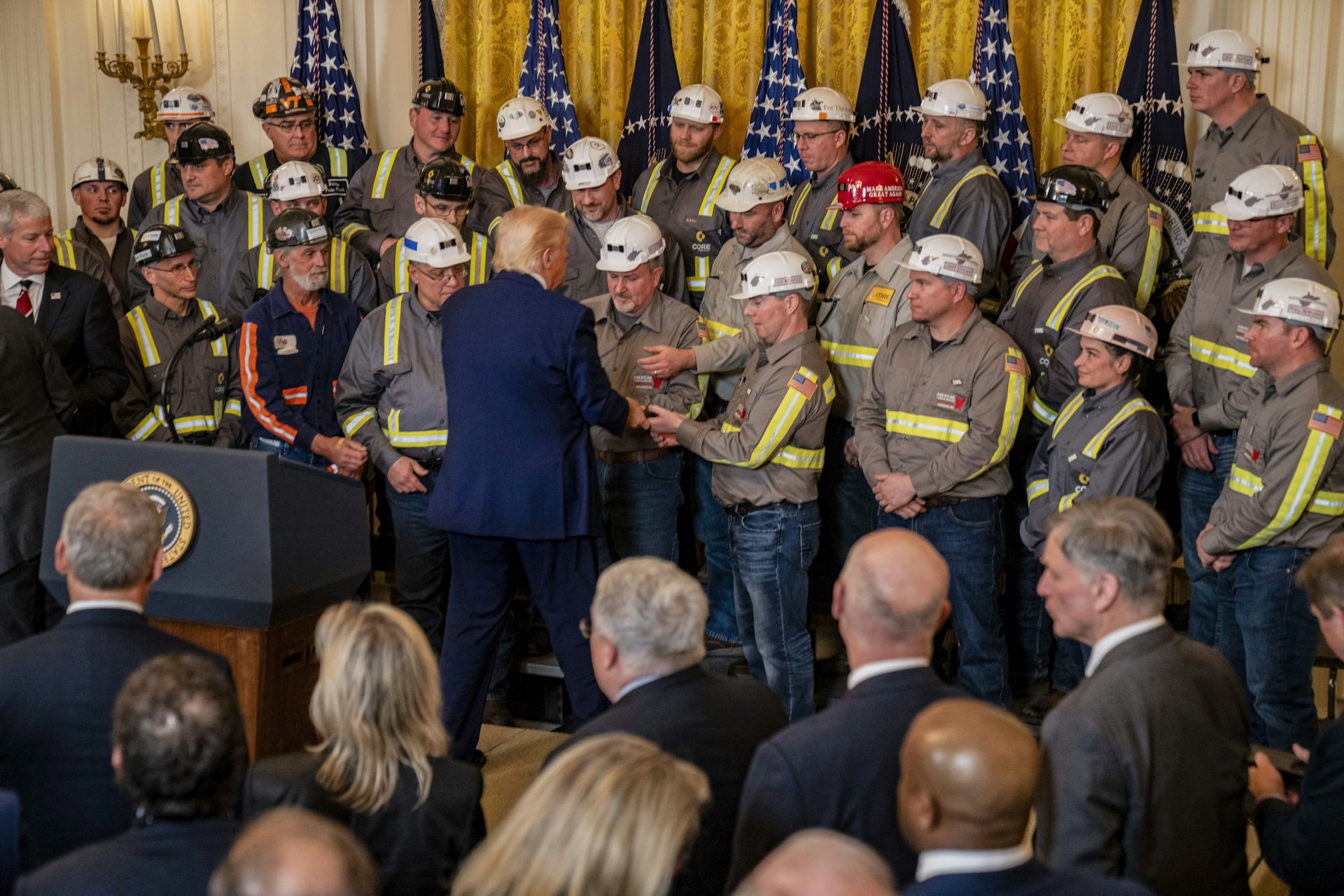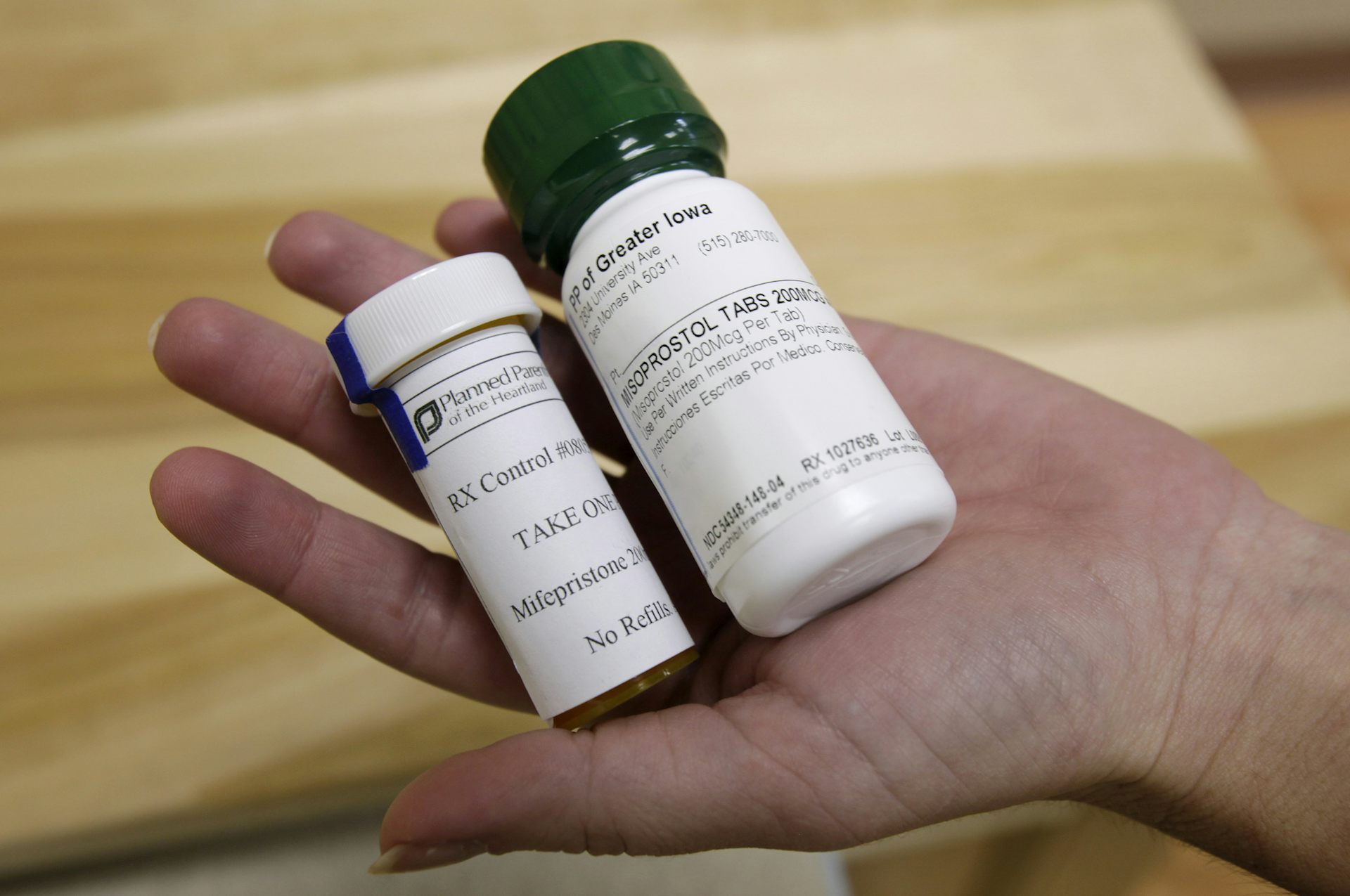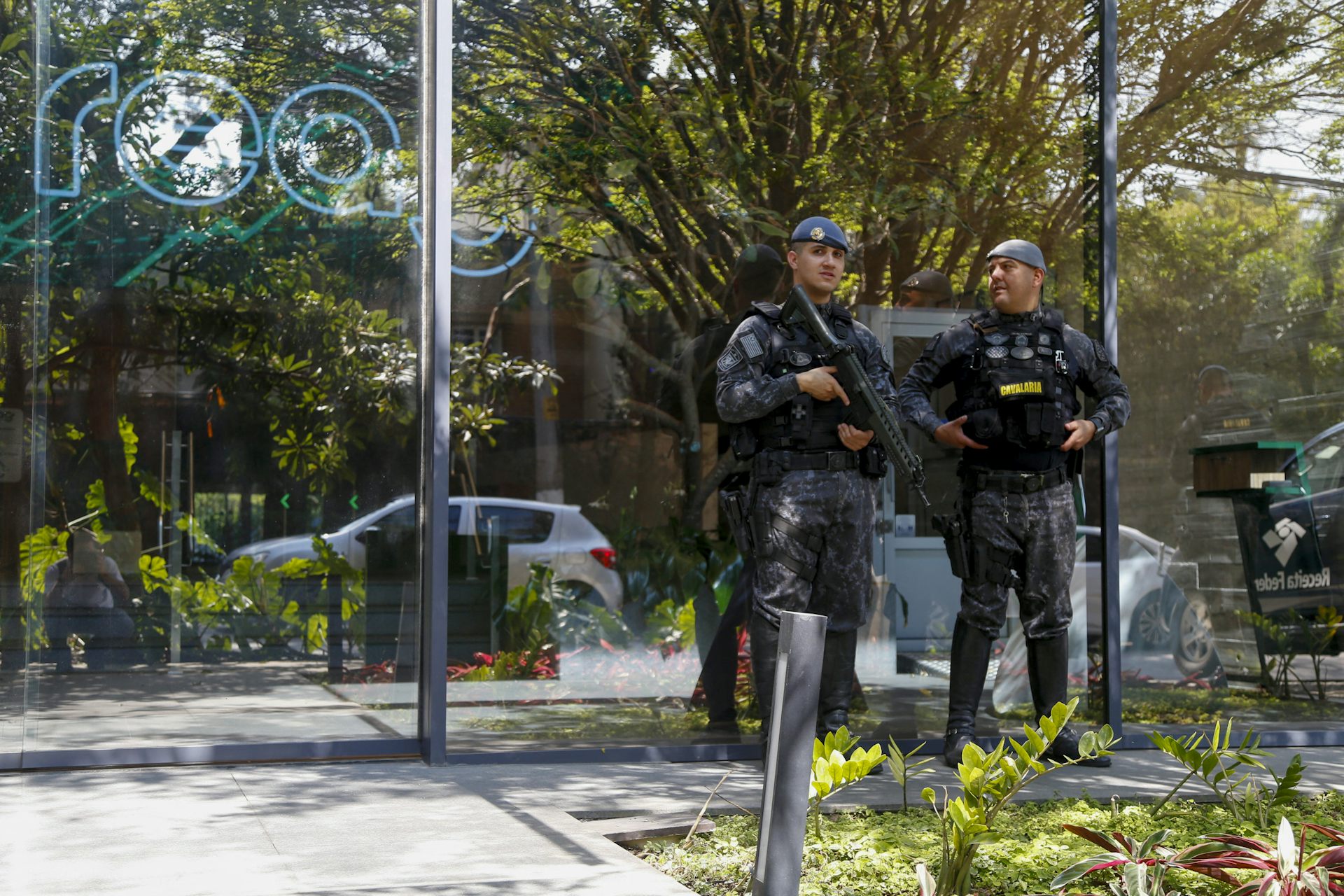Conspiracy theories are dangerous even if very few people believe them
Worrying about how many people believe false ideas misses the real danger – that people are influenced by them whether they believe them or not.
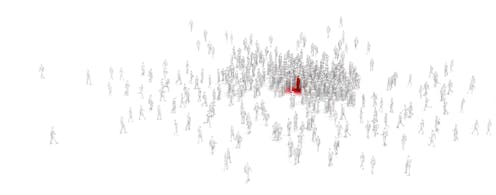
There is an open question among pundits and researchers: Do more Americans believe in conspiracy theories now than ever before?
But as a scholar of conspiracy theories and their believers, I am concerned that focusing on how many Americans believe conspiracy theories can distract from their dangers.
Even if most people dismiss conspiracy theories or accept them only in some limited sense, leaving very small numbers of true believers, the high visibility of these false ideas can still make them dangerous.
Association without belief
Philosophers often suppose people can explain their actions in terms of what they want to do or get, and what they believe. However, many of people’s actions are guided not by explicit beliefs but rather by gut feelings. These feelings aren’t set in stone. They can be influenced by experience.
This principle is taken to heart by advertisers who aim to influence behavior, not by changing how people think but how they feel. Manipulating feelings in this way can be accomplished by subtly associating a product with desirable outcomes like status and sex.
This can also take a negative form, as in political attack ads that aim to associate an opponent with threatening imagery and descriptions. Forging similar mental associations is one way in which conspiracy theories, like other misinformation, might have consequences even without being believed.
Some examples
Consider conspiracy theories alleging that the 2020 U.S. presidential election was rigged. Some people no doubt believe that. But even if people don’t buy the whole lie, they may still believe that something about the 2020 election doesn’t “feel right,” “seem right” or “smell right.” They might, therefore, be more inclined to support efforts politicians claim will protect election integrity – even if such efforts result in targeted voter suppression.
Next, consider anti-vaccination conspiracy theories. Anti-vaccination content, whether about vaccines in general or specifically about the COVID-19 vaccines, often takes the form of pictures and videos purporting to illustrate disturbing side effects of vaccines. Material of this sort can proliferate rapidly across social media and, by relying on disturbing imagery rather than explicit false claims, can often escape moderation.
Exposure to anti-vaccination information might give readers or viewers a vague feeling of unease, and consequent hesitancy concerning vaccines, even without producing explicit anti-vaccination beliefs. In fact, previous studies have shown that people who tend to rely on their intuition and who have negative emotions toward vaccines are more likely to refuse vaccination. While that research involved other vaccines, it’s likely that similar factors help explain why many Americans have gone without full COVID-19 vaccination, and most have gone without boosters.
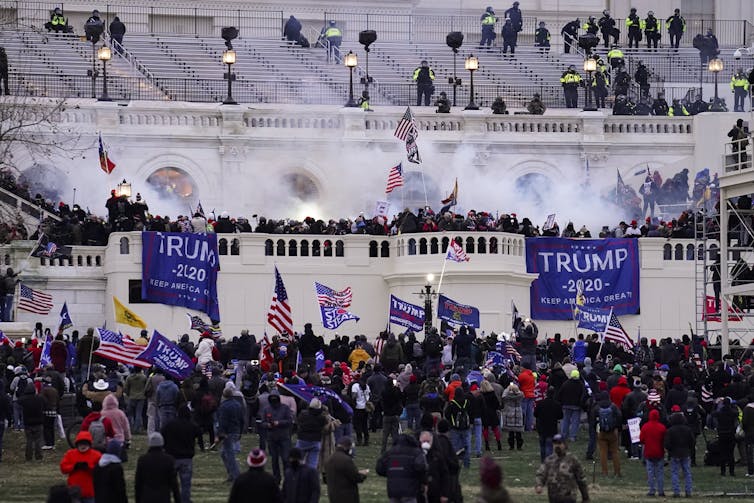
Pretense and coordination
Scholars often suggest that many people merely pretend to believe in conspiracy theories and other forms of misinformation as a way of expressing their political loyalties. But even pretense can be costly. Consider an analogy.
When a child declares that “the floor is lava,” few if any believe the declaration. But that child, and others, begin to act as if the declaration were true. Those who do may clamber onto furniture, and repeat the declaration to others who enter the space. Some children play just for fun, some play to show off their climbing and jumping skills, and some play to appease the child who initiated the game.
Some kids quickly tire of the game and wish to stop playing, but like or respect the child who initiated the game, and don’t want to upset that person by stopping. As the game progresses, some take it too seriously. Furniture is damaged, and some get injured while attempting to leap from one raised surface to another. The lava is fake, but real things get broken.
More seriously, when Donald Trump claimed that the 2020 presidential election was “rigged,” some officials and ordinary citizens acted accordingly. Whether out of sincere belief, partisanship, loyalty to Trump or financial opportunism, many Americans behaved as if the 2020 election was unfairly decided.
Some people acting as if the election conspiracy theory were true assembled in Washington, D.C., some stormed the Capitol building and, behind the scenes, some developed a scheme to submit fake slates of electors supporting Trump’s reelection despite his loss at the ballot box. The people involved in these activities could count on the support of others who endorsed the rigged election claim, even if these endorsements were largely insincere.
The price of pretending
The costs of acting as if the 2020 election were rigged are no doubt greater than those for acting as if the floor is lava. The costs of acting as if the 2020 election were rigged led to millions of dollars worth of damage to the Capitol building, led to hundreds of arrests for Capitol rioters, led to multiple deaths and imperiled American democracy.
Given the severe risks involved, it’s worth wondering why people who did not sincerely believe the election was unfair would risk pretending. This question highlights the unique danger of conspiracy theories endorsed by those in power: There can be much to gain from pretending to believe them.
Keith Raymond Harris receives funding from The Ministry of Culture and Science of North Rhine Westphalia.
Read These Next
AI-generated political videos are more about memes and money than persuading and deceiving
Don’t discount the threat of AI political videos fooling people, but for now, they’re mostly about…
Even with Trump’s support, coal power remains expensive – and dangerous
The Trump administration has made several efforts to support the coal industry, but even if coal were…
2026’s abortion battles will be fought more in courthouses and FDA offices than at the voting booth
Judges and federal regulators will make significant decisions over Americans’ reproductive rights.



